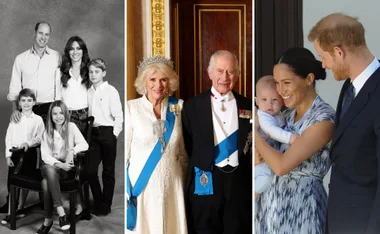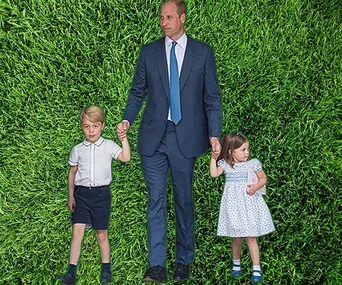In July 2013, Prince George Alexander Louis of Cambridge made his grand entrance into the world.
The first child of Prince William and Duchess Catherine, Prince George became an overnight icon and the world’s ultimate spirit animal thanks to his huge range of hilarious faces and charming antics.
Obsessed with the royals? Like our Facebook page Now To Love Royals for the latest news on your favourite royal family members!
Over the years, we’ve learnt so much about gorgeous George.
We know he wants to be a police officer when he grows up, that he can speak Spanish and he’s taking after his creative mum Kate with his artistic eye.
But one riddle that remains is as mysterious as the crown jewels….
What is Prince George’s last name?
Behind palace gates, he’s known as Prince George Alexander Louis of Cambridge but when he’s at school at Thomas’s Battersea in London, Prince George of Cambridge has adopted Prince William’s territorial title for his schooling and is known as George Cambridge to his peers.
The four-year-old even showed off his surname on his first day of school when a sticker on his backpack bearing his name was spotted!
READ MORE: Why does Prince George only wear shorts? We’ve finally solved the mystery!

Can you spot it? The label on the royal’s school bag reads “George Cambridge.”
The third in line to the British throne is following in the footsteps of his dad Prince William and uncle Prince Harry.
In high school Prince Charles’ sons were known as William Wales and Harry Wales, taking on their father’s territorial title from the Prince of Wales.
READ NEXT: Royal Family last names: How do they actually work?

George Cambridge has a lovely ring to it.
This was because they were unmarried and hadn’t yet been given their titles of the Duke of Cambridge and the Duke of Sussex.
If George one day marries, he will be given a new royal title and style to reflect this union.
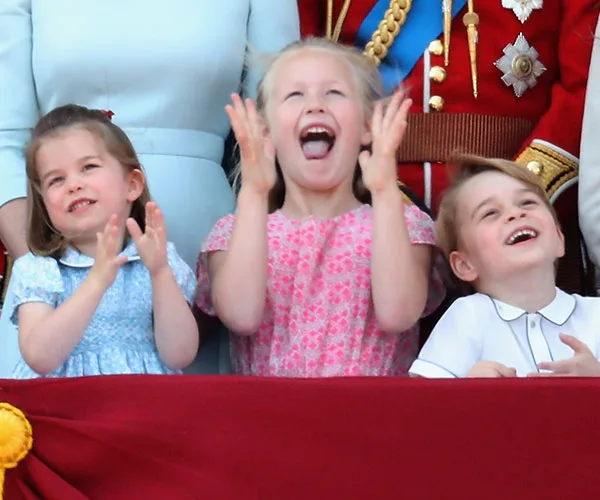
Trying to crack the royal surname code is a complicated process.
How do royal surnames work?
According to the official Royal Family website, members can either choose from two options and be known “both by the name of the Royal house, and by a surname, which are not always the same. And often they do not use a surname at all.”
In fact before 1917, royals didn’t even have surnames and were simply known by their house or dynasty.
The most common surname for the royal’s was Saxe-Coburg-Gotha, which was used for several European sects. But in 1917 King George V decided to axe this Germanic title to move the royal family away from German ties and instead they adopted the title of Windsor.
WATCH: Prince George and Princess Charlotte steal the show at the royal wedding. Post continues…
“George V specifically adopted Windsor, not only as the name of the ‘House’ or dynasty, but also as the surname of his family. The family name was changed as a result of anti-German feeling during the First World War, and the name Windsor was adopted after the Castle of the same name,” the Royal Family website states of the decision.
It continues: “At a meeting of the Privy Council on 17 July 1917, George V declared that ‘all descendants in the male line of Queen Victoria, who are subjects of these realms, other than female descendants who marry or who have married, shall bear the name of Windsor.'”
In 1960, The Queen and Prince Philip decided they wanted a special title for their children and grandchildren to distinguish them from their other relatives and came up with Mountbatten-Windsor, which is a combination of The Queen and Prince Philip’s surnames.
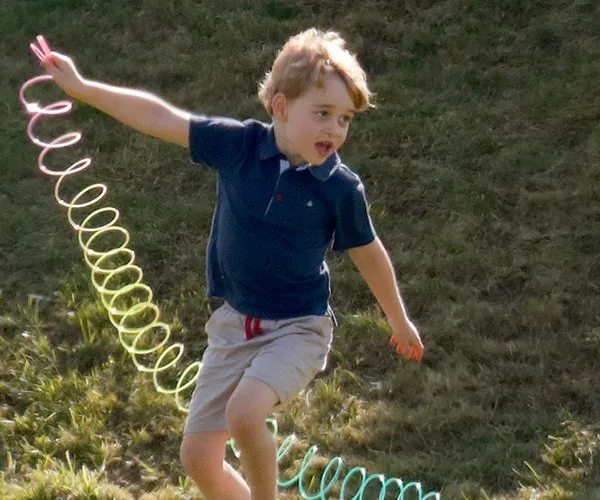
No royal titles to see here, William and Kate’s kids will use “Cambridge” as their surname at school.
“It was therefore declared in the Privy Council that The Queen’s descendants, other than those with the style of Royal Highness and the title of Prince/Princess, or female descendants who marry, would carry the name of Mountbatten-Windsor,” the official explanation reveals.
“The effect of the declaration was that all The Queen’s children, on occasions when they needed a surname, would have the surname Mountbatten-Windsor.”
So for example, Prince Harry can go by his territorial title Prince Harry, Duke of Sussex, or roll with the family’s surname Henry Charles Albert David Mountbatten-Windsor, it all just depends on the context.
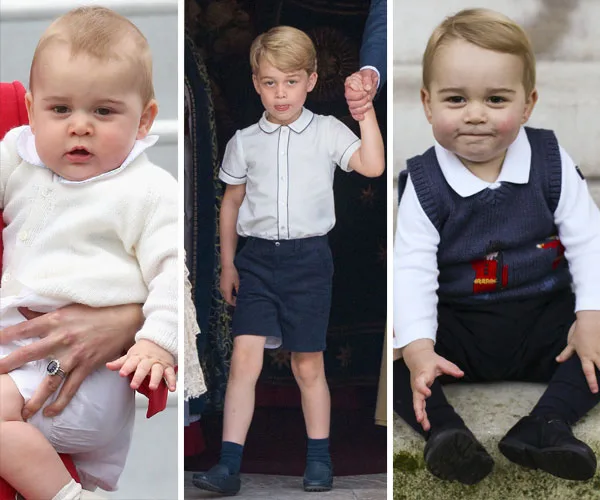
The many faces of Prince George from over the years.
Why doesn’t Prince George need a surname?
When you’re a key player of the world’s most famous family, you’re so damn well-known you really don’t need a surname.
Essentially, you’re the regal version of Madonna.
Another tradition that has also stuck is for royals to only sign their first names.
As their website explains: “Kings and princes were historically known by the names of the countries over which they and their families ruled. Kings and queens therefore signed themselves by their first names only, a tradition in the United Kingdom which has continued to the present day.”
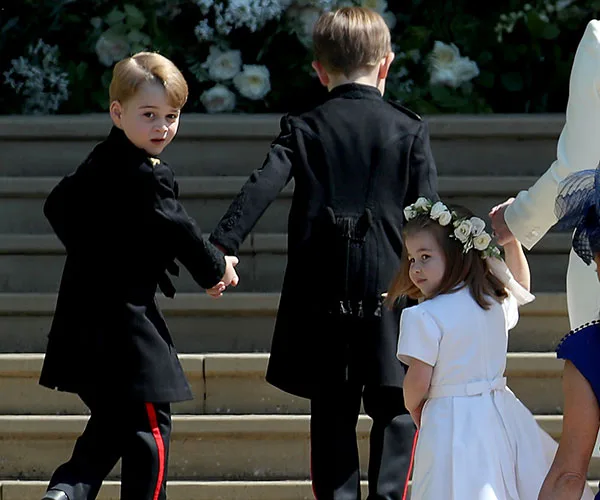
The face you make when you realise you don’t really need a surname!
Want more on Prince George? We’ve got you covered
FOUND: A rare, possibly unseen picture of Prince George!
Prince George’s hidden talent revealed!
Prince George is learning to horse ride with a little help from cousin Zara Tindall
King of the classroom! Inside Prince George’s first day of school
